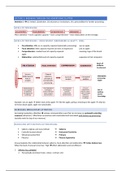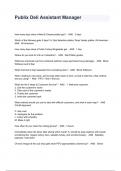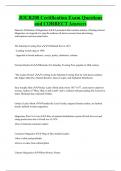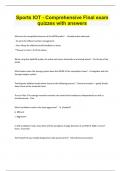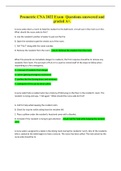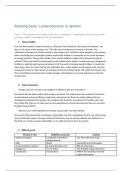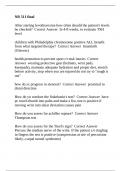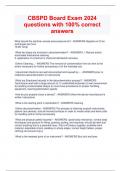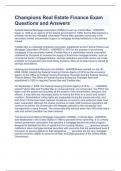College aantekeningen
College aantekeningen Marketing Communication (328248-M-6)
- Vak
- Instelling
Alle tutorials zijn overzichtelijk samengevat. Alle informatie van de webclips staat erin zodat je gelijk kan leren. In het engels geschreven, alle koppen zijn overzichtelijk zodat je precies weet welk onderwerp bij welke module hoort.
[Meer zien]
